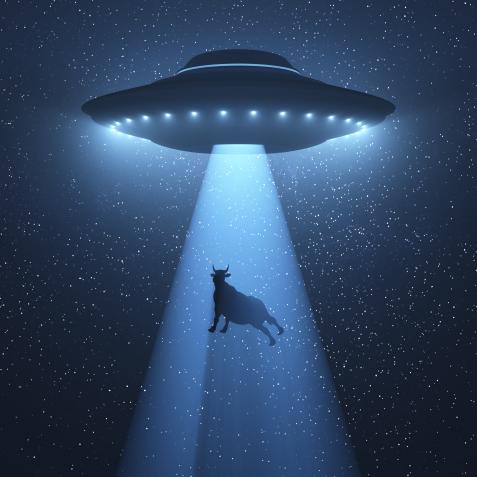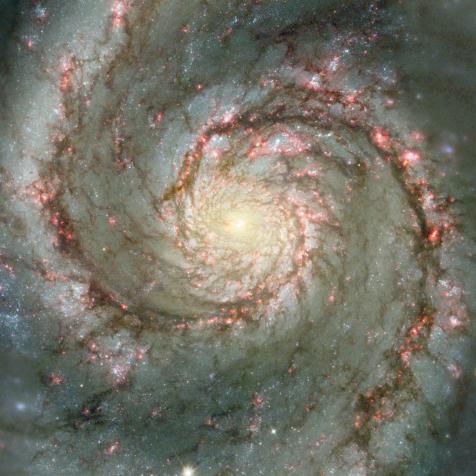
GMVozd
The Ultimate Origins of Your Thanksgiving Dinner

We’ve all heard the story of the first Thanksgiving, but this meal – and life itself, if we’re being honest – wouldn’t be possible without the elements themselves. And those elements took a long journey to end up on your dinner plate.
Take, for example, the water in your drink. Water is a combination of hydrogen and oxygen. Hydrogen is by far the oldest element in the universe. It was forged in the first dozen minutes of the big bang when the cosmos was small and hot and dense enough to allow for nuclear fusion. Indeed, just about everything in the universe is just simple hydrogen – it makes up 75% of all the atoms, everywhere. And it was all forged in those first fiery minutes.
Oh and that oxygen? It’s the most common element on the Earth, though most of it is locked up with silicon in the dirt beneath your feet. Oxygen and its cousin, carbon, were formed in the hearts of stars like our sun. Right now the hot core of our sun is fusing hydrogen (the same hydrogen leftover from the big bang) into helium, the next element up on the periodic table. When it nears the end of its life in a few billion years, it will switch to fusing helium into carbon and oxygen.

Stefania Pelfini, La Waziya Photography
When stars like our sun die, they turn themselves inside out in a gory and grisly display, but the upside is that they spew all that carbon and oxygen out into the surrounding galaxy, where it can be swept up in a new round of solar system formation.
When you sliced your turkey you probably used a stainless steel knife. Those kinds of knives are made of mostly iron. Stars like our sun aren’t big enough to fuse elements heavier than carbon and oxygen, but there are plenty of stars much bigger than ours. When those stars near the end of their lives, they fuse a core of iron. They try to fuse that iron into heavier elements, but that fusion process sucks up energy instead of releasing it, and so the star dies in a titanic supernova explosion.
Speaking of turkey, it’s a great source of essential minerals, like sodium, potassium, and selenium. Elements like those can only be forged in high-energy environments…like those same supernova explosions.

Stephen Gibson / EyeEm
Generation after generation of stars forged the elements found throughout the universe, enriching each new round, making solar systems, planets, and life possible. And Thanksgiving dinners. So when you make a toast, give a cheer to the stars above.
Learn More about the Universe
Journey Through the Cosmos in an All-New Season of How the Universe Works
The new season premieres on Science Channel and streams on discovery+.




















